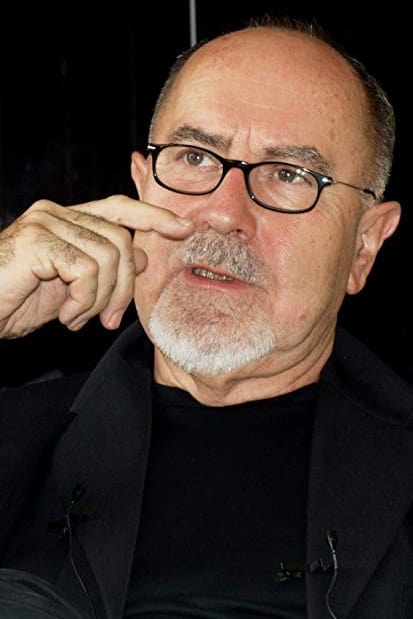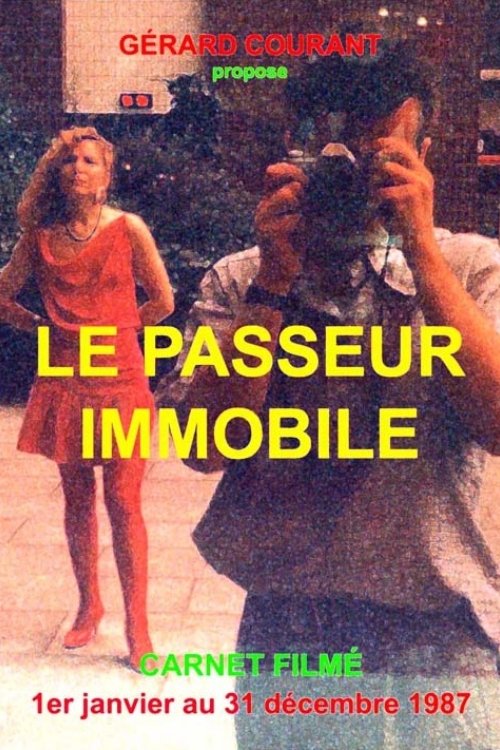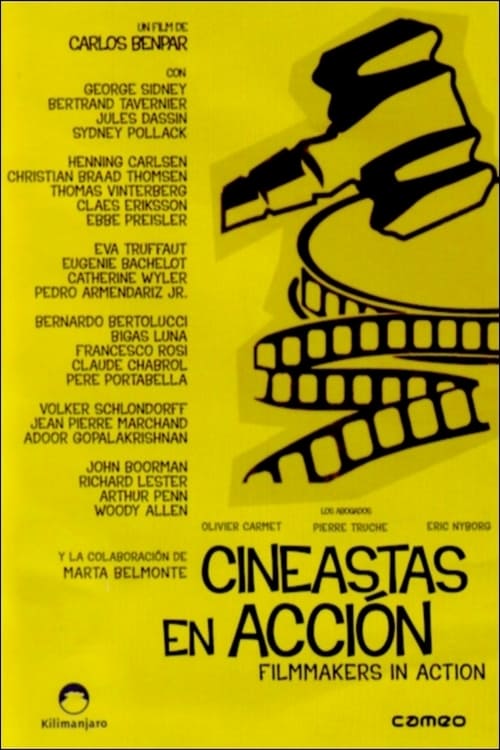

Le Passeur immobile, which covers the year 1987, is a Booklet filmed stuck between The Days and the Nights (1986) and The Artifice and the Fake (1988). These Notebooks have been punctuating my activity as a filmmaker for about fifteen years. They are like a life parallel to my other films and film series (Cinema, Group Portrait, Read, etc.). They are also like a letter to the spectators.

An exploration of the world and the work of the most international Catalan filmmaker through the director's entomological vision and his portrayal of the characters and themes he loves and hates.

How are the sex scenes filmed? What tricks are used to fake the desire? How do the interpreters prepare and feel? Spanish actors and directors talk about the most intimate side of acting, about the tricks and work methods when narrating exposed sex. In Spain the general rule is that there are no rules. Each film, each interpreter, faces it in very different ways.

What is the state of cinema and what being a filmmaker means? What are the measures taken to protect authors' copyright? What is their legal status in different countries? (Sequel to “Filmmakers vs. Tycoons.”)
Bigas Luna was a Spanish film director. He began his professional career in the design world, creating the 'Estudio Gris' with Carlos Riart in 1969. In his earlier exhibitions, at the beginning of the sixties, he showed a great interest in conceptual art and the emerging visual technologies. Esteemed as an atypical director in the Spanish cinema, in 1986 he retired to Tarragona in order to devote his time to painting. In 1990 the producer Andrés Vicente Gómez persuaded him to return to cinema and entrusted to him the direction of 'Las edades de Lulú', a film which reached the general public. Without abandoning his dedication to painting and photography, reflected in numerous exhibitions, he began the well-known 'Trilogía Ibérica' with 'Jamón Jamón', 'Huevos de Oro' and 'La teta y la luna'. Subsequently, with the short film for internet 'Collar de Moscas' (2001), he revived his interest in avant-garde experimentation and audiovisual formats and at the same time he discovered a vocation for the investigation of digital cinema after the creation of the 'Taller Bigas Luna' project with Catalina Pons in 1999. The experience in the Taller introduced them to the world of new technologies and in 2002 they promoted PLATAFORM BL, dedicated to the creation and promotion of innovative projects and new talents. Despite being catalan, he is a lover of the aragonese culture. He re-designed an old folkloric cabaret café 'El Plata' in Zaragoza.
By browsing this website, you accept our cookies policy.